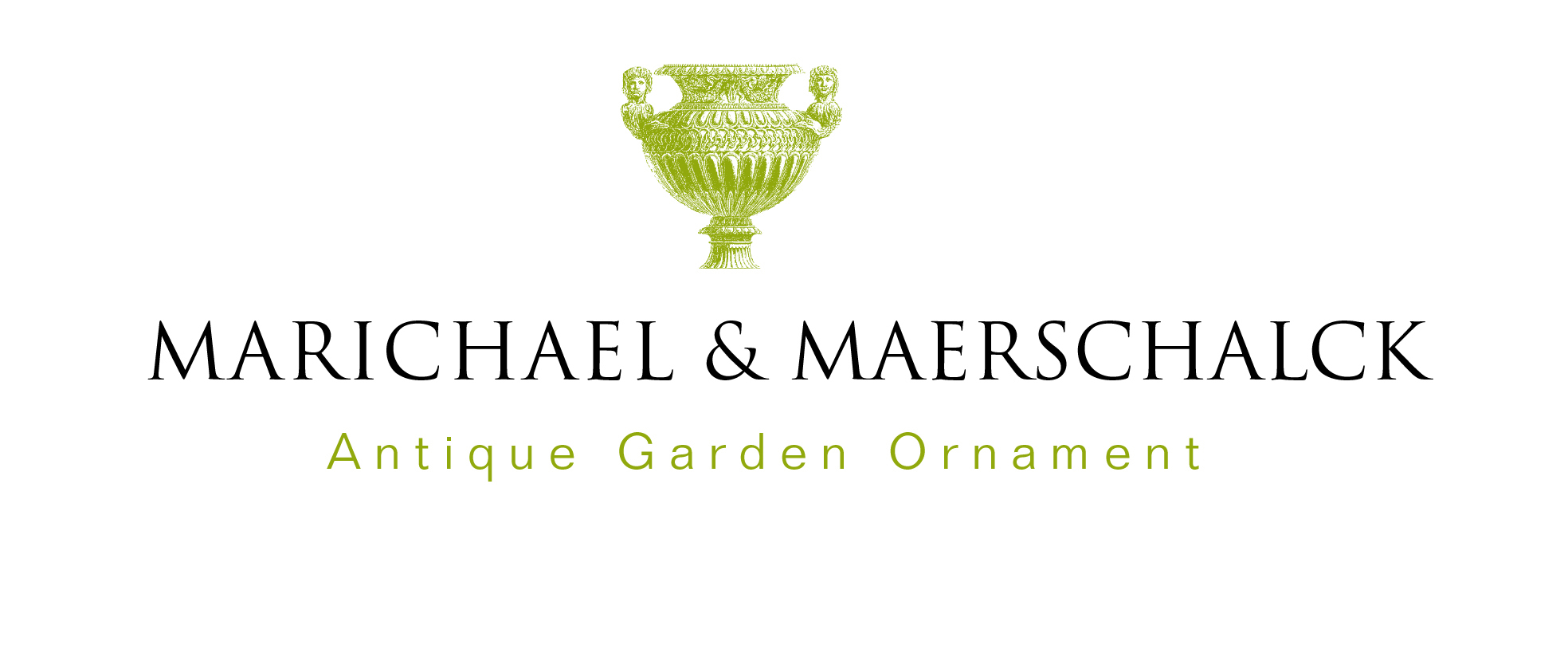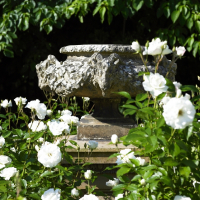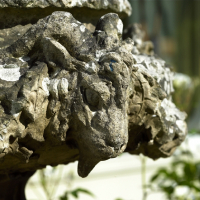- Home
- A Pulham stoneware urn, late 19th century
A Pulham stoneware urn, late 19th century
A Pulham stoneware urn, late 19th century; 82 cms/32 ins diameter, +/- 50 cms high; on a Pulham stoneware pedestal, stamped 'Pulham - Broxbourne', circa 1850;
Dimensions: 57 cms x 57 cms x 83 cms high.
Condition: Urn in very good condition, pedestal some little cracks and chips
Reference: SO062006/195-LA021998/Z
Literature:
The Pulham company was established in 1820 but made terracotta from around 1846 on into the 20th century, with workshops in Broxbourne, Hertsfordshire. By the 1880s the company was concentrating on garden and landscape ornaments. A catalogue of 1915 indicates that their wares were made of a 'Pulhamite' stone, which is considered the best material for all designed stonework in connection with the garden for the following reasons: Pulhamite Stone is more durable than natural stone, for it never decays and never shells or flakes; cement is not used in its composition, it is a lighter substance, making more elegant productions than any other so called artificial stone. This is an important point, as the sides of a Pulhamite vase give more space for soil. It is the colour of light stone. There is nothing deleterious to plant life in it, in fact, owning to the nature of the material, the opposite may be said in its flavour. We guarantee its durability, and can refer to work which has been exposed for over 70 years. If desired, we can reproduce in the Antique style, and copies can be made from practically any existing examples.In The Art-Journal Illustrated Catalogue of the Great Exhibition, London, 1862, Mr. Pulham, of Broxbourne, is described as a large exhibitor of works in terra cotta, not only for architectural purposes, but for those of gardens, conservatories, and general ornamentation of grounds. They are of excellent design, carefully and skillfully modelled, and so 'baked' as to be uninfluenced prejudicially by weather.The company held Appointments to H.M. King Edward VII, H.M. King George V and H.M. Queen Alexandra.
Antieke Tuinornamenten
Viooltjesdreef 39031 Baarle-aan-de-Leie
info@antieke-tuinornamenten.be+32 (0) 9 282 20 97+32 (0) 475 53 41 63
Opening hours
Bezoek aan de tuin enkel na afspraak.



